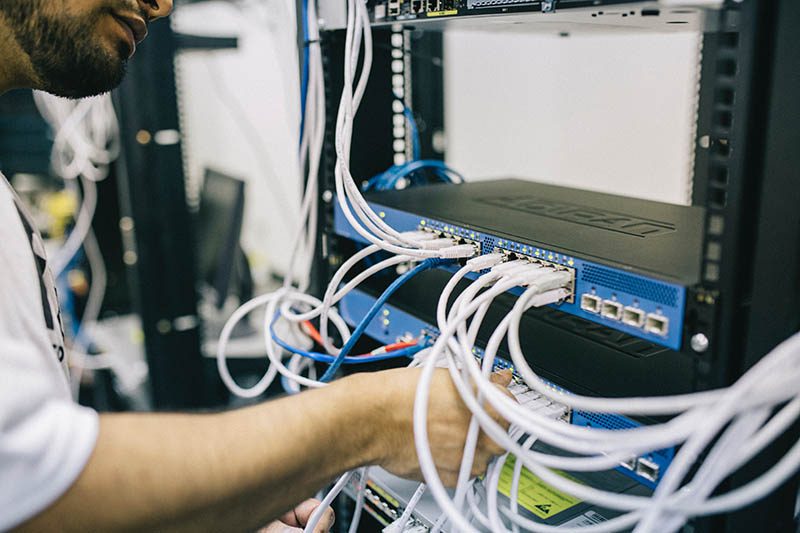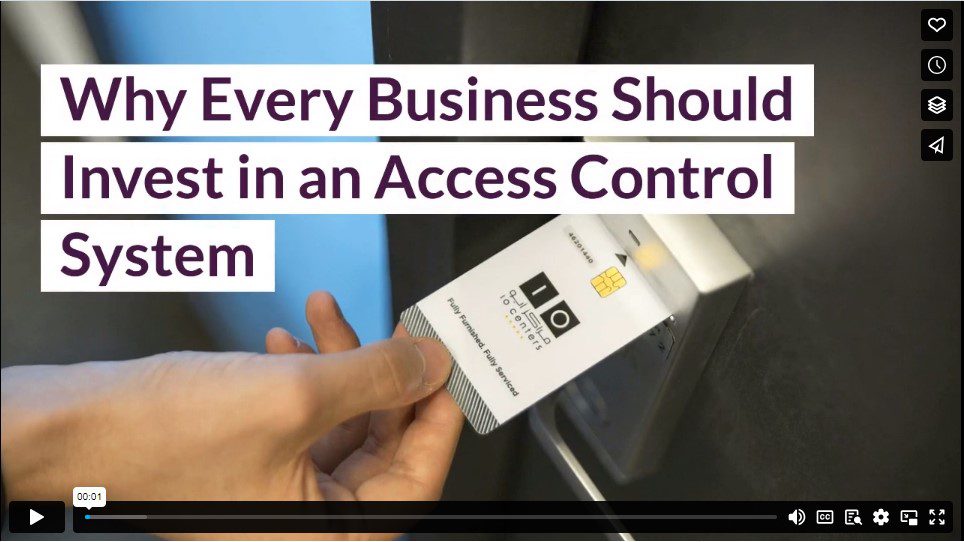What’s the first thing that comes to mind when you think about data security? For most C-level executives, it’s things like encryption, firewalls, and malware scanning. But when you’re part of a big enterprise with a plethora of IT assets, access control is a vital piece of your security.
Access control is a workplace staple today, building layers of security around corporate systems and resources. Companies in a wide range of industries are embracing this security measure, from universities to restaurants to airports and many more. These organizations understand that it’s crucial to regulate entry into their facilities as cases of internal theft and unauthorized physical access rise significantly.

(Field Engineer / pexels)
Want to use access control for your own enterprise? Here’s a closer look at the security measure.
What Is an Access Control System?
An access control system is a security measure that lets you control who enters your facility, as well as where they can go in the facility and what systems they can access there.
In the past, an access control system consisted of a simple sign-in sheet and a receptionist who was the gatekeeper. Modern technological advances have led to more secure systems using wireless internet and/or wired protocols. Almost every type of company today can benefit from an access control system, whether it’s to prevent motivated intruders from trespassing or to control access to your IT systems.
Benefits of Access Control Systems
Easier documentation is one of the greatest benefits of access control systems. No longer will companies need to manually track where their resources are, who has them, and whether they can leave your office building. Access control can help you keep track of all your resources. Should someone without authorization attempt to access a sensitive resource, access control can help you quickly identify the illicit login, when it happened, and what further actions should be taken.
For organizations with large numbers of employees, an access control system can help avoid instances of human error. The system eliminates the need for manual security screening, which can sometimes result in oversight. You can easily compile a list of personnel who visited your facility at a specific time, providing timely and more accurate reporting.
Using an advanced access control system for your security could also eliminate other costs in the long run. For instance, cloud-based access control can be integrated with your existing security systems. You can create a robust security plan from one centralized dashboard.
Different Types of Access Controls
There are two types of access control:
- On-premise access control
- Cloud-based access control
On-premise access control relies on servers directly installed on a company’s premises. You purchase and maintain your own servers, keeping them in a secure, climate-controlled room in house. In this implementation, you need specialized IT support to manage the equipment, as well as on-site licenses to keep software and operating systems functional. As your company expands, you must procure new power supplies, controllers, sub-controllers, and other hardware to meet your growing demands.
On-premise access control will cost you a one-time fee for each local server, provided all your IT assets are in one location. For organizations with multiple sites and locations to secure, each will require its own license fee and a server to run the access control system. Plus, on-site systems will require in-person visits to install new features or software patches, which can become costly over time.
Fortunately, cloud computing has made its way into the enterprise security realm, allowing companies to rely on distributed servers that exist offsite for cloud-based access control. The cloud provider handles server maintenance, software upgrades, backups, and power. You won’t incur additional hardware or infrastructure costs; you just pay a monthly fee to use the access control system. Your data is stored on a secure, remote server in the cloud that only specific employees or managers can access.
Cloud-based access control is also referred to as access-control-as-a-service (ACCaS), as system resources are typically delivered via a SaaS model. This provides 24/7 accessibility, meaning you can use the system anytime, anywhere, and on any device. Moreover, adding components such as single sign-on, multi-factor authentication, and web access management is more affordable in the cloud than on-site. A further advantage of ACCaS is that if one server malfunctions or fails, you will still have business continuity as your data is stored on multiple servers in different datacenters.
Hot take: Cloud-based access control helps you avoid vendor “lock-in.” Organizations that get tricked into signing up with legacy providers remain stuck with them and their maintenance teams. Instead, choose a Utah managed services provider who makes installing and managing the security solution much simpler and more flexible for your firm.
Video




